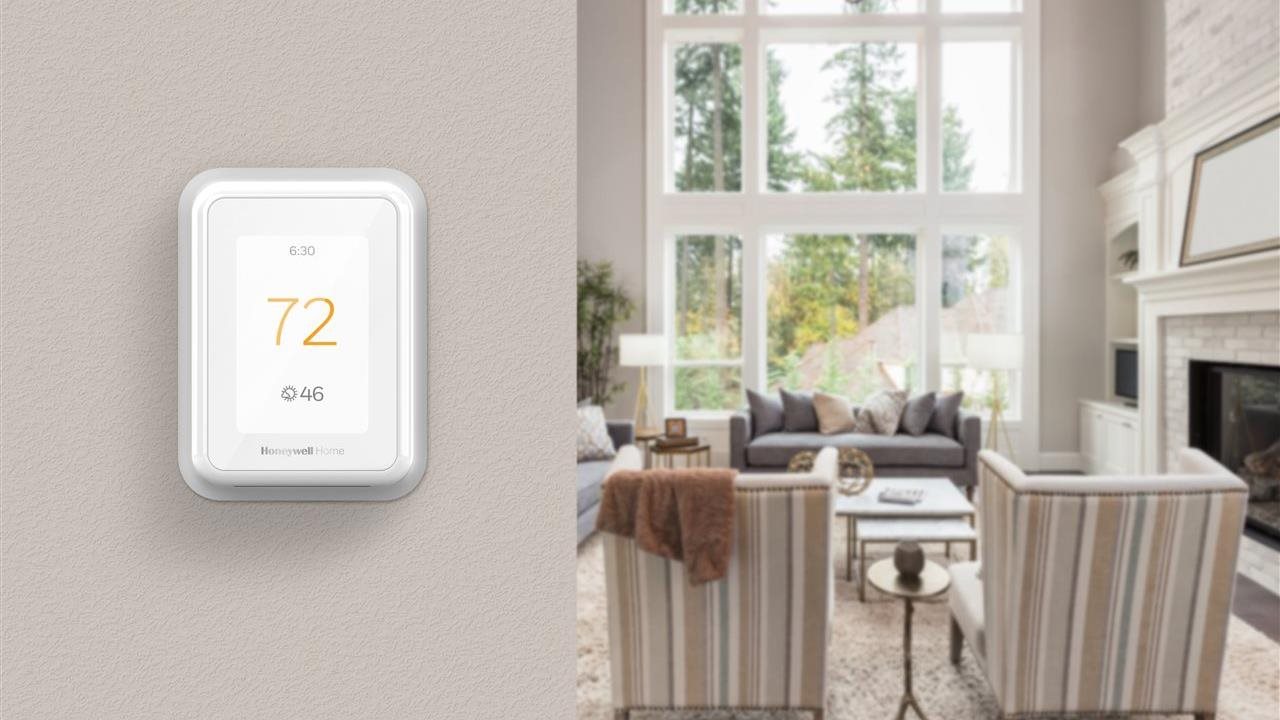
(BPT) – As the days grow shorter and temperatures drop, it’s time to ensure your home is ready to help keep you warm and comfortable all winter long. From preventing frozen pipes to optimizing heating costs, proactive steps can help safeguard your property and well-being.
“A system tune-up at the beginning of the cold weather season can prevent problems and expensive repairs as the temperatures get more extreme later in the winter,” says Jon Ryan, president of Genz-Ryan Plumbing & Heating based in Minnesota and Honeywell Home HVAC customer. “We’ve been servicing homes for over 70 years — my team has seen it all — and we know that being proactive with system maintenance is one of the best things a homeowner can do to keep their systems running smooth and the home comfortable.”
To prepare your home for the cold, consider these tips:
Schedule a Pro to Check the HVAC System
Just like your car, your furnace needs regular maintenance. Contact a professional HVAC technician to inspect and tune up your system to keep it at peak performance. An inspection can check system performance, air filters, and identify indoor air quality opportunities. Professionals also can check the system for harmful cracks, which could potentially lead to carbon monoxide (CO) seeping into the home.
“Have your heating system serviced every year,” suggests Ryan. “As temperatures drop, the use of fuel-burning heaters increases as people try to stay warm, and winter can bring a higher risk of carbon monoxide poisoning — so be sure your professional tests for cracks in the heating unit.”
Also be sure your utility room and home are properly outfitted with CO alarms.
Upgrade to a Smart Thermostat
By learning your home’s heating trends and adjusting temperatures accordingly, smart thermostats can ensure your home stays comfortable and can help you optimize your energy consumption. For example, during winter, smart thermostats like the Honeywell Home T9 Smart Thermostat can automatically lower temperatures when you’re away and increase them as you return, creating a cozy atmosphere without wasting energy through Geofencing technology. Thermostats also offer programmable features that let you effortlessly adjust temperatures based on your schedule. By lowering your thermostat just 7-10 degrees for eight hours a day, you can potentially cut heating costs by 10% annually, according to the U.S. Department of Energy. Plus, many utilities offer rewards for enrolling in demand response programs that can reduce energy consumption during peak times.
Change Air Filters
Regularly replacing your air filters is a proven way to help maintain indoor air quality and support a comfortable environment.
Ryan said: “We get a lot of calls about systems not working properly, and in fact the issue was a result of a dirty air filter.”
Clean air filters also help the overall health of your heating system and allow for better air flow, reducing the stress on your home’s HVAC system and promoting energy efficiency. Inspect your filter once a month for signs of dirt or dust buildup.
Protect Your Pipes
Following a cold snap, pipes in the home prone to freezing (i.e., pipes on outside walls, in the basement, or crawl spaces), could burst following the water expansion. As the water melts, it could create costly water damage and disruptions. To help protect your home, cover pipes with insulation and shut off the water supply to outdoor faucets. For added protection, consider installing a First Alert L1 Water Leak and Freeze Detector in areas like basements, laundry rooms and utility closets to effectively detect winter leaks or freezing temperatures and help prevent home damage. Talk to a professional plumber about installing an automatic shutoff valve that can turn off the water to the whole home in case of a leak.
Seal Gaps Around Windows and Doors
Drafty windows and doors can significantly increase your heating costs. To prevent heat loss, inspect the areas around your windows and doors for gaps. Use weatherstripping to seal cracks and gaps and consider applying caulk to larger openings. For extra insulation, install thermal curtains or blinds. By blocking cold air from entering your home, you’ll enjoy a warmer and more energy-efficient living space.
“Just a few easy steps can help make sure your family stays cozy and your home is protected from the havoc winter weather can wreak,” said Ryan.
For more winter home preparation tips or to find an HVAC professional visit Honeywellhome.com.
